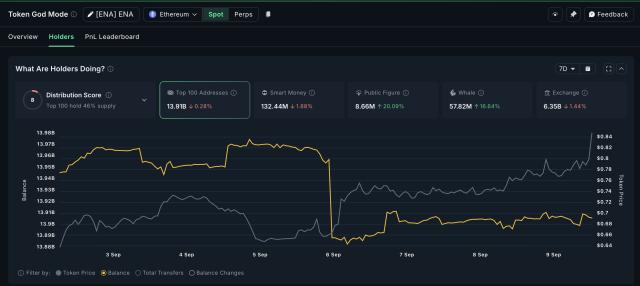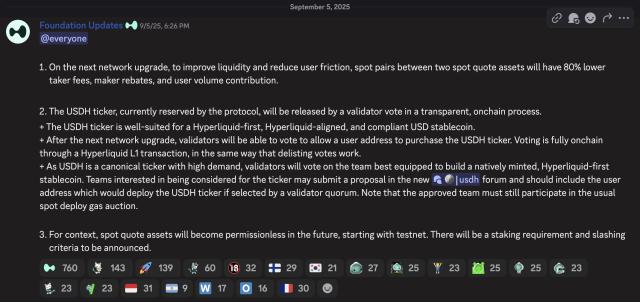When it comes to the digitization of physical assets (RWA), most people first think of the technical "agreement". However, the emergence of Compound contracts is reshaping the industry's trust logic with the "spirit of contract" - it is not only a blockchain technology framework, but also a "value contract" that connects Malaysia's physical assets, investors and small and medium-sized enterprises, allowing RWA to move from a "technical concept" to a "trusted wealth solution."
The core strength of the Compound contract stems from its strong binding contract to physical assets. In Johor Bahru, Malaysia, a RM1 billion asset comprising 70,000 hectares of agarwood plantations and supporting processing plants isn't simply a publicity stunt. Through legal title confirmation, third-party valuation, and blockchain evidence storage, it forms a 1:1 "value contract" with 1 billion MD tokens. This contract means that each MD token is backed by a corresponding share of agarwood assets. As the asset appreciates, the token's value increases, and asset returns are repurchased in proportion to dividends. Unlike some RWA projects, which suffer from a disconnect between assets and tokens, the Compound contract strengthens the foundation of trust through its "physical anchoring." More importantly, the Compound contract also serves as an "ecosystem-enabling contract." Malaysian SMEs have long faced the dilemma of difficulty in mobilizing physical assets and a lack of a path to RWA transformation. The Compound contract goes beyond simply digitizing their own assets. Through a replicable asset title confirmation process, low-barrier tokenization tools, and global distribution channels, it builds a "contractual bridge" for SMEs to enter the RWA market. For example, enterprises can incorporate assets like factories and farms into the Compound contract's ecosystem by referencing its asset valuation standards and leveraging its mature token issuance and circulation system to achieve financing. This "enabling contract" transforms RWA from a "game exclusive to large enterprises" into a universally accessible solution that benefits a wider range of market players. From a "technical agreement" to a "value contract," the difference between the Compound contract lies in its "implementation of responsibilities and commitments." It uses the rigid binding of physical assets to deliver on its promise of "low risk, stable returns" to investors; and through an open model of ecosystem empowerment, it fulfills its promise to small and medium-sized enterprises to "jointly seize the RWA boom." At a time when the RWA industry still needs to strengthen trust, the Compound contract is setting a new benchmark with its "spirit of contract," making the digitization of physical assets truly "credible, feasible, and mutually beneficial."





